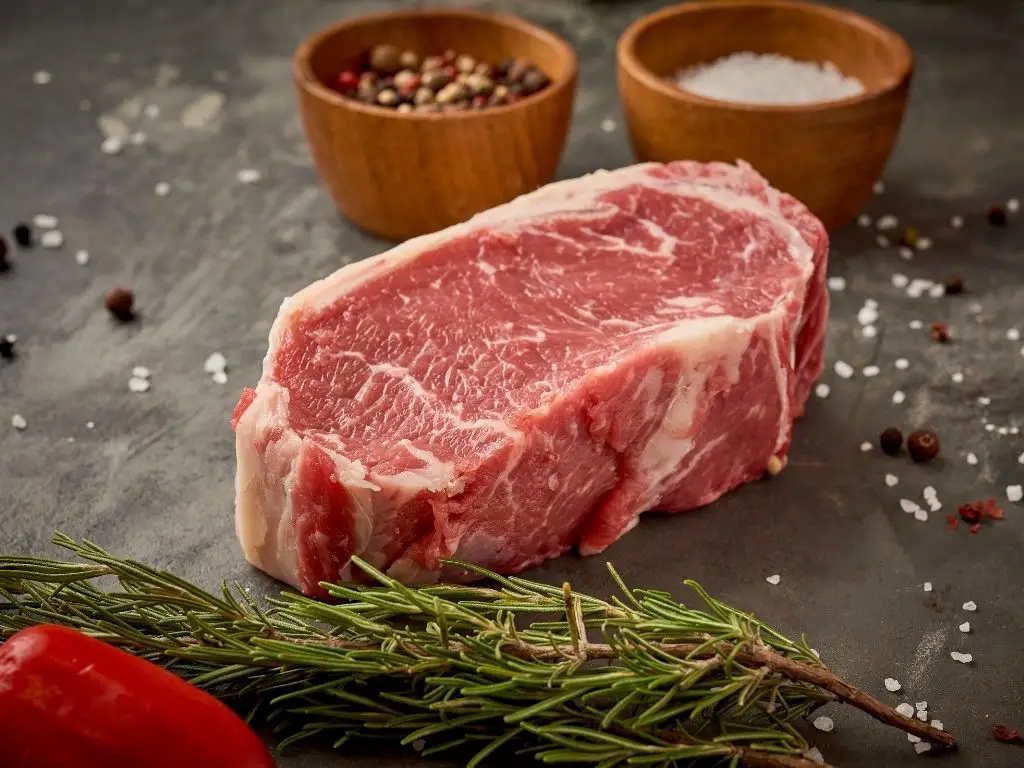Sous vide cooking has revolutionized the way we prepare meat at home. By cooking meat in a temperature-controlled water bath, sous vide allows us to achieve perfect doneness edge to edge without overcooking. But does sous vide meat still need to rest after cooking like traditionally prepared meat?
The short answer is no – meat cooked sous vide generally does not need to be rested before serving. The low-temperature, long-cooking process used in sous vide cooking tenderizes the meat while retaining moisture and juices. As a result, resting is not necessary and can actually lead to a loss of heat and moisture.

Sous Vide Products I Use Every Day
As an Amazon affiliate, I earn from qualifying purchases.
Last update on 2025-04-02 / Affiliate links / Images from Amazon Product Advertising API
Benefits of Not Having to Rest Sous Vide Meat
Eliminating the resting step provides a few advantages when cooking sous vide:
1. Saves Time
Resting meat after traditional high-heat cooking allows time for the juices to reabsorbate back into the meat fibers. This resting period, anywhere from 5 to 30 minutes depending on the size and type of meat, adds time to the overall cooking process.
With sous vide, the meat is already tender and moist straight out of the water bath. Skipping the resting period saves time and allows you to serve sous vide meat as soon as it’s ready.
2. Preserves Heat
Allowing traditionally cooked meat to rest gives it time to cool slightly before serving. While this helps prevent overcooked, dry meat, it also means the meat won’t be served piping hot.
Sous vide meat can go straight from the water bath to the plate, maximizing the warmth and temperature of the dish. No need to worry about meat drying out after cooking sous vide.
3. Retains More Juices and Flavors
As meat rests, juices are reabsorbed but some liquid can also be lost to evaporation or draining out on the cutting board. Skipping the resting stage for sous vide meat helps retain all the juices and flavors that would otherwise be lost.
How Does the Texture of Sous Vide Meat Change Without Resting?
So if sous vide meat doesn’t need to rest, how does that affect the final texture and mouthfeel?
- Tenderness – Meat cooked sous vide is already extremely tender thanks to the low and slow cooking method. No further resting time is needed.
- Juiciness – With traditional high-heat cooking, moisture is lost as juices run out. Sous vide meat retains moisture and is juicy straight out of the water bath.
- Firmness – Because sous vide meat retains its juices, it has a pleasant firmness and bite without being tough. Meat directly sliced after high heat cooking can be mushy.
The texture of properly cooked sous vide meat is perfectly tender, juicy, and firm right when it comes out of the bag. No resting time needed.
What Types of Meats Benefit Most from Sous Vide Cooking?
While the sous vide cooking method works for all kinds of meat, some see more of a benefit compared to conventional cooking. Good candidates for sous vide include:
1. Beef
Cooking beef sous vide eliminates issues with overcooking and dryness. Tender cuts like steak, as well as usually tough cuts like chuck roast, come out perfect sous vide. The moisture and tenderness is enhanced without resting.
2. Pork
Pork tenderloin, chops, and roasts are ideal for sous vide as the moisture and tenderness is preserved throughout. The moderate temperatures used prevent overcooking.
3. Poultry
Chicken and turkey breast are prone to drying out but remain juicy if cooked sous vide. The texture and moisture is improved compared to roasting and pan frying.
4. Fish
Delicate fish fillets and steaks are easy to overcook using conventional methods. Sous vide fish comes out silky, flaky, and tender without resting.
5. Lamb
Lamb chops and leg of lamb stay tender and medium-rare edge to edge with sous vide. The juiciness and texture is enhanced compared to grilling or roasting.
Conclusion
Sous vide offers major benefits for cooking meat – delicious results without overcooking plus convenience. An added bonus is that sous vide meat generally does not require resting before serving. The low and slow cooking tenderizes the meat and locks in moisture. Skipping the resting step saves time while preserving the optimal temperature, texture, and juiciness of sous vide dishes. While traditional meat benefits from resting, sous vide meat can go straight from water bath to plate.


![IMPRESA [10 Pack] Sous Vide Magnet Weights for Keeping Bags Submerged – Sous Vide Accessories to Stop Floating Bags & Undercooking – Weighted Magnets for Containers](https://m.media-amazon.com/images/I/41zHpl8G2lL._SL160_.jpg)

